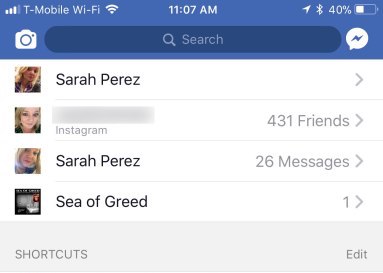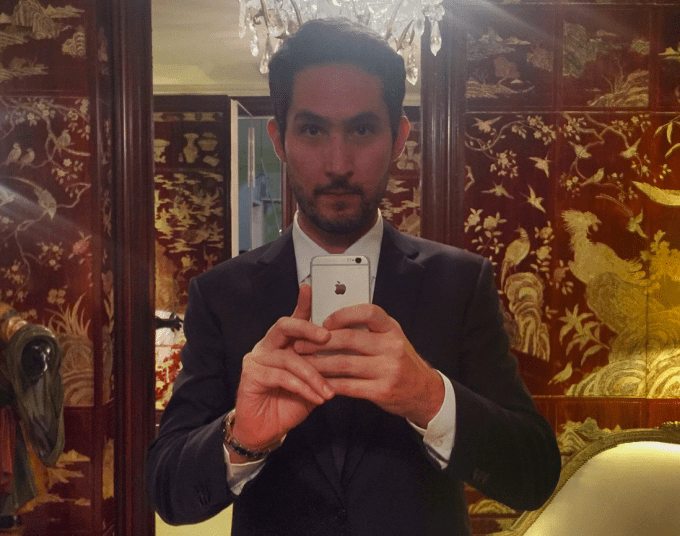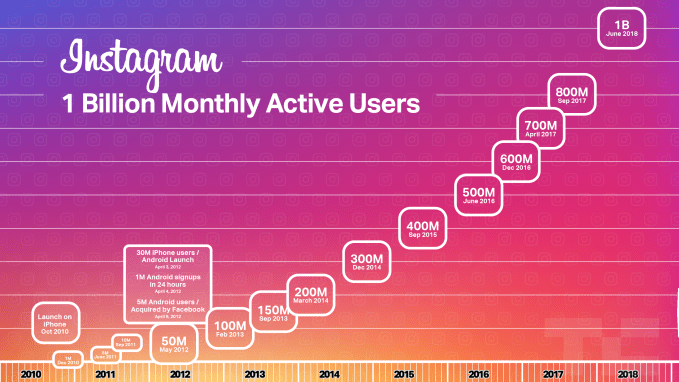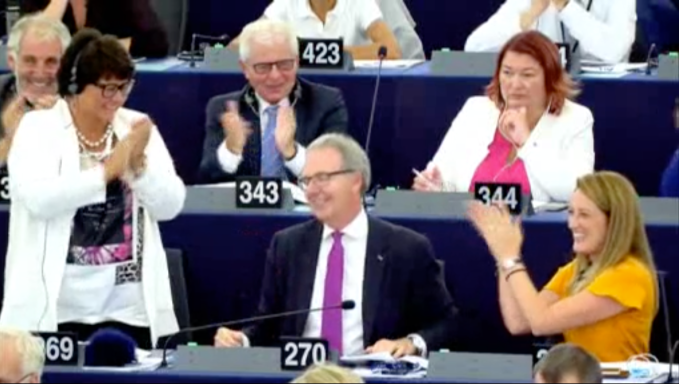There’s a secret Facebook app called Blink. Built for employees only, it’s how the company tests out new video formats its hoping will become the next Boomerang or SuperZoom. They range from artsy Blur effects to a way even old Android phones can use Slo-Mo. One exciting format involves audio beat detection that syncs visual embellishments to songs playing in the background or added via the Music stickers that are coming to Facebook Stories after debuting on Instagram.
“When we first formed the team . . . we brought in film makers and cinematographers to help the broader team understand the tropes around storytelling and filmmaking” says Dantley Davis, Facebook Stories’ Director Of Design. He knows those tropes himself, having spent seven years at Netflix leading the design of its apps and absorbing creative tricks from countless movies. He wants to democratize those effects once trapped inside expensive desktop editing software. “We’re working on formats to enable people to take the video they have and turn it into something special.”
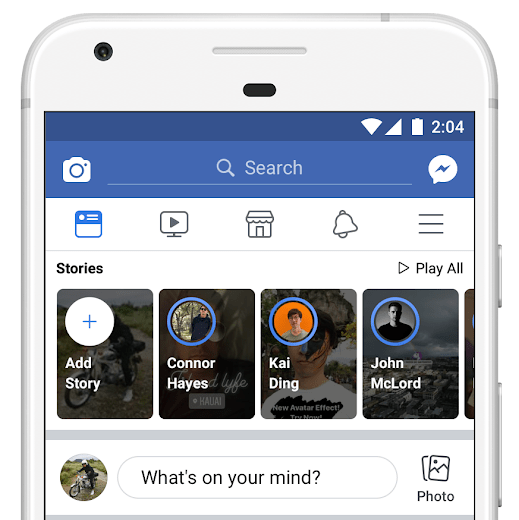
For all the jabs about Facebook stealing Stories from Snapchat, it’s working hard to differentiate. That’s in part because there’s not much left to copy, and because it’s largely succeeded in conquering the prodigal startup that refused to be acquired. Snapchat’s user count shrank last quarter to 188 million daily users. Facebook’s versions continue to grow. After announcing in May that Facebook Stories had 150 million users, with Messenger citing 70 million last September, today the company revealed they have a combined 300 million daily users.
With the success of any product comes the mandate to monetize it. That push ended up pushing out the founders of Facebook acquisition WhatsApp, and encroachment on product decision making did the same to Instagram’s founders who this week announced they were resigning. Now the mandate has reached Facebook Stories which today opened up to advertisers globally. Facebook is even running “Stories School” programs to teach ad execs the visual language of ephemerality. As Stories sharing is predicted to surpass feed sharing in 2019, Facebook is counting on the ephemeral slideshows to sustain its ad revenue. Fears they wouldn’t lopped $120 billion off Facebook’s market cap this summer.
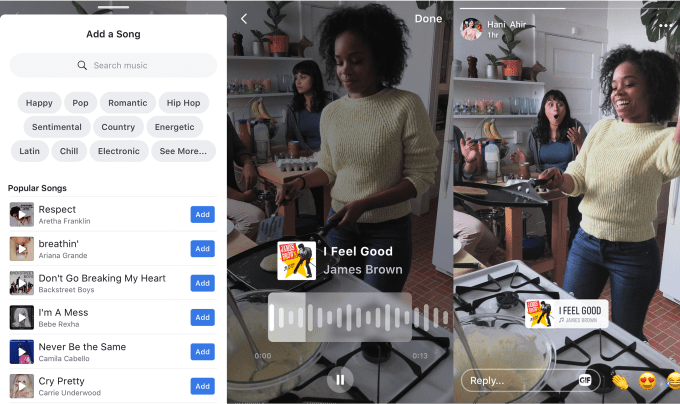
But to run ads you need viewers and that will require responses to questions that have dogged Facebook Stories since its debut in early 2017: Why do I need Stories here too when I already have Instagram Stories and WhatsApp Status.

Facebook user experience research manager Liz Keneski
The answer may be creativity, but Facebook is taking a scientific approach to determining which creative tools to build. Liz Keneski is a user experience research manager at Facebook. She leads the investigative trips, internal testing, and focus groups that shape Facebook’s products. Keneski laid out the different types of research Facebook employs to go from vague idea to polished launch.
Foundational Research – “This is the really future looking research. It’s not necessarily about any specific products but trying to understand people’s needs.”
Contextual Inquiry – “People are kind enough to invite us into their homes and talk with us about how they use technology.” Sometimes Facebook does “street intercepts” where they find people in public and spend five minutes watching and discussing how they use their phone. It also conducts “diary studies” where people journal about how they spend their time with tech.
Descriptive Research – “When we’re exploring a defined product space”, this lets Facebook get feedback on exactly what users would want a new feature to do.
Participatory Design – “It’s kind of like research arts and crafts. We give people different artifacts and design elements and actually ask them to a deign what an experience that would be ideal for them might look like.”
Product Research – “Seeing how people interact with a specific product, the things they’re like or don’t like, the things they might want to change” lets Facebook figure out how to tweak features it’s built so they’re ready to launch.
Last year Facebook went on a foundational research expedition to India. Devanshi Bhandari who works on the globalization. She discovered that even in emerging markets where Snapchat never got popular, people already knew how to use Stories. “We’ve been kind of surprised to learn . . . Ephemeral sharing wasn’t as new to some people as we expected” she tells me. It turns out there are regional Stories copycats around the globe.
As Bhandari dug deeper she found that people wanted more creative tools, but not at the cost of speed. So Facebook began caching the Stories tray from your last visit so it’d still appear when you open Facebook Lite without having to wait for it to load. This week, Facebook will start offering creative tools like filters inside Facebook Lite Stories by enabling them server side so users can do more than just upload unedited videos.
That trip to India ended up spawning whole new products. Bhandari noticed some users, especially women, weren’t comfortable showing their face in Stories. “People would sometimes put their thumb over the video camera but share the audio content” she tells me. That led Facebook to build Audio Stories.
But to make Stories truly Facebook-y, it had to build them into all its products. Facebook recently launched Group and Event Stories, where members can collaborate by all contributing clips that show up in the Stories tray atop the News Feed. Now Facebook is going to start building its own version of Snapchat’s Our Stories. Facebook is now testing holiday-based collaborative Stories, starting with the Mid-Autumn Festival in Vietnam. Users can opt to post to this themed Story, and friends (but not the public) will see those clips combined.
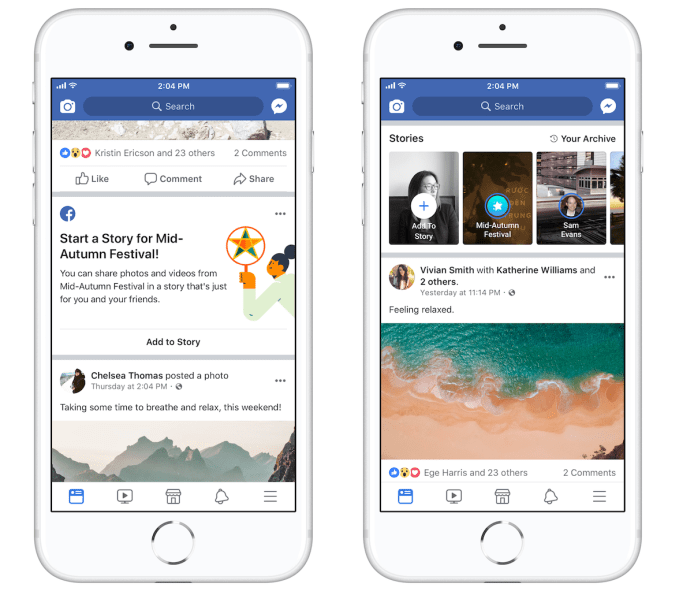
This is the final step of Facebook’s three-part plan to get people hooked on Stories, according to Facebook engineering director Rushabh Doshi who leads the product. The idea is that first, Facebook has to get people a taste of Stories by spotlighting them atop the app as well as amidst the feed. Then it makes it easy for people to post their own Stories by offering simple creative tools. And finally, it wants to “Build Stories for what people expect out of Facebook.” That encompasses all the integrations of Stories across the product.
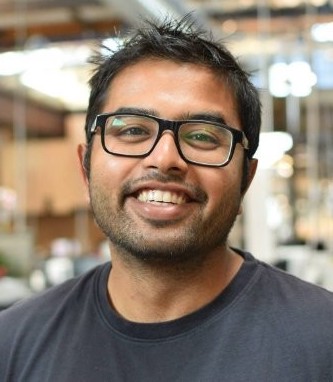
Rushabh Doshi, Facebook’s engineering manager who oversees Stories
Still, the toughest nut to crack won’t be helping users figure out what to share but who to share to. Facebook Stories’ biggest disadvantage is that it’s built around an extremely broad social graph that includes not only friends but family, work colleagues, and distant acquaintances. That can apply a chilling effect to sharing as people don’t feel comfortable posting silly, off-the-cuff, or vulnerable Stories to such a wide audience.
Facebook has struggled with this problem in News Feed for over a decade. It ended up killing off its Friend List Feeds that let people select a subset of their friends and view a feed of just their posts because so few people were using them. Yet the problem remains rampant, and the invasion of parents and bosses has pushed users to Instagram, Snapchat, and other younger apps. Unfortunately for now, Doshi says there’s no plan to build Friend Lists or sharing to subsets of friends for Facebook Stories.
At 300 million daily users, Facebook Stories doesn’t deserve the “ghost town” label any more. People who were already accustomed to Stories elsewhere still see the feature as intrusive, interruptive, and somewhat desperate. But with 2.2 billion total Facebookers, the company can be forced to focus on one-size-fits-all solutions. Yet if Facebook’s Blink testing app can produce must-use filters and effects, and collaborative Stories can unlock new forms of sharing, Facebook Stories could find its purpose.
from TechCrunch https://ift.tt/2xBiBdm
via IFTTT

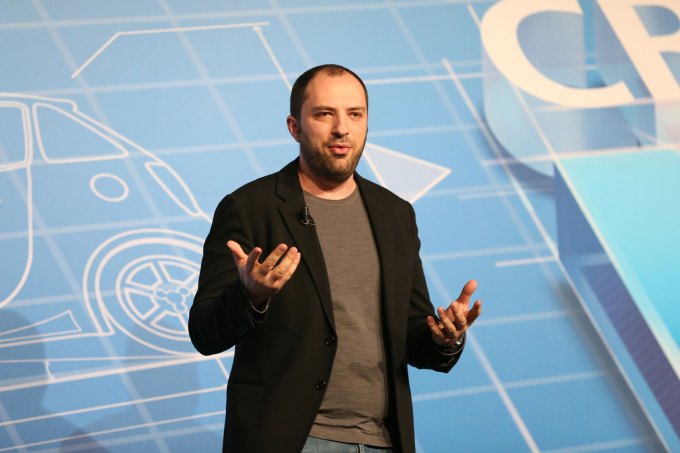
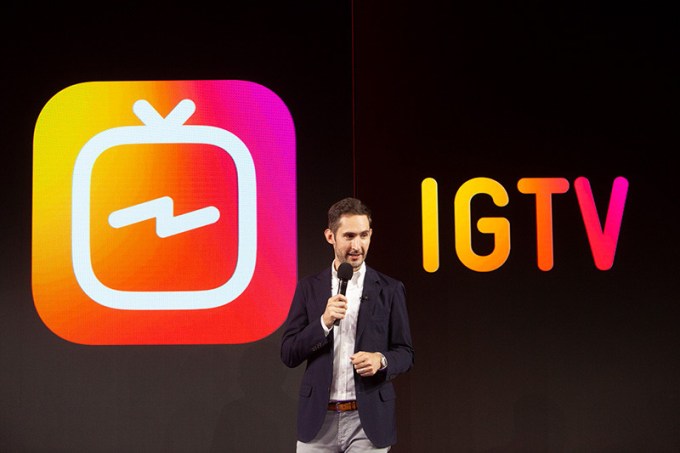
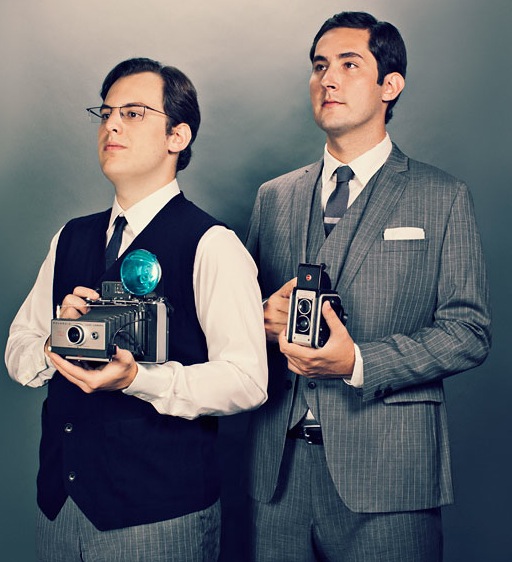 “Adam is a very strong-willed individual” said a source, and “Chris [Cox, Facebook’s Chief Product Officer] and Kevin never really got along.” Between the two, they could pressure Instagram to do more for Facebook — which was important given the impact of scandals and dwindling teen usage on Facebook’s brand. “
“Adam is a very strong-willed individual” said a source, and “Chris [Cox, Facebook’s Chief Product Officer] and Kevin never really got along.” Between the two, they could pressure Instagram to do more for Facebook — which was important given the impact of scandals and dwindling teen usage on Facebook’s brand. “